Dahla Dam – increasing the height vs nature-based watershed management

While the proposal to increase the height of Afghanistan’s Dahla Dam will increase the storage capacity, only nature-based watershed management will address the root problem of sedimentation that caused the reduction in the reservoir’s capacity, and prevent flooding that is exacerbated by climate change.
You would have heard about wars in Afghanistan, but probably not about the natural disasters that ruin people's lives and livelihoods in the blink of an eye.
Besides the impact of decades of civil unrest, natural disasters have also crippled the economy. This drove 51% of the population to live below the poverty line i.e., spending less than USD 1.90 per day, as per the National Statistics and Information Authority report of 2020.
On the other side, climate change is wreaking havoc on nearly every aspect of life. Despite low CO2 emissions, Afghanistan is one of the countries hit hardest by human-induced climate change.
In a single month, the country experienced all the extreme weather events. In June 2022, there was snow in Bamyan, forest fires in Nuristan and Kunar, and flash floods in several provinces. There were unverified reports of disastrous hailstorms in the eastern region. A climate shock indeed for everyone!
The floods are of particular concern as they affect the water needs of the country.
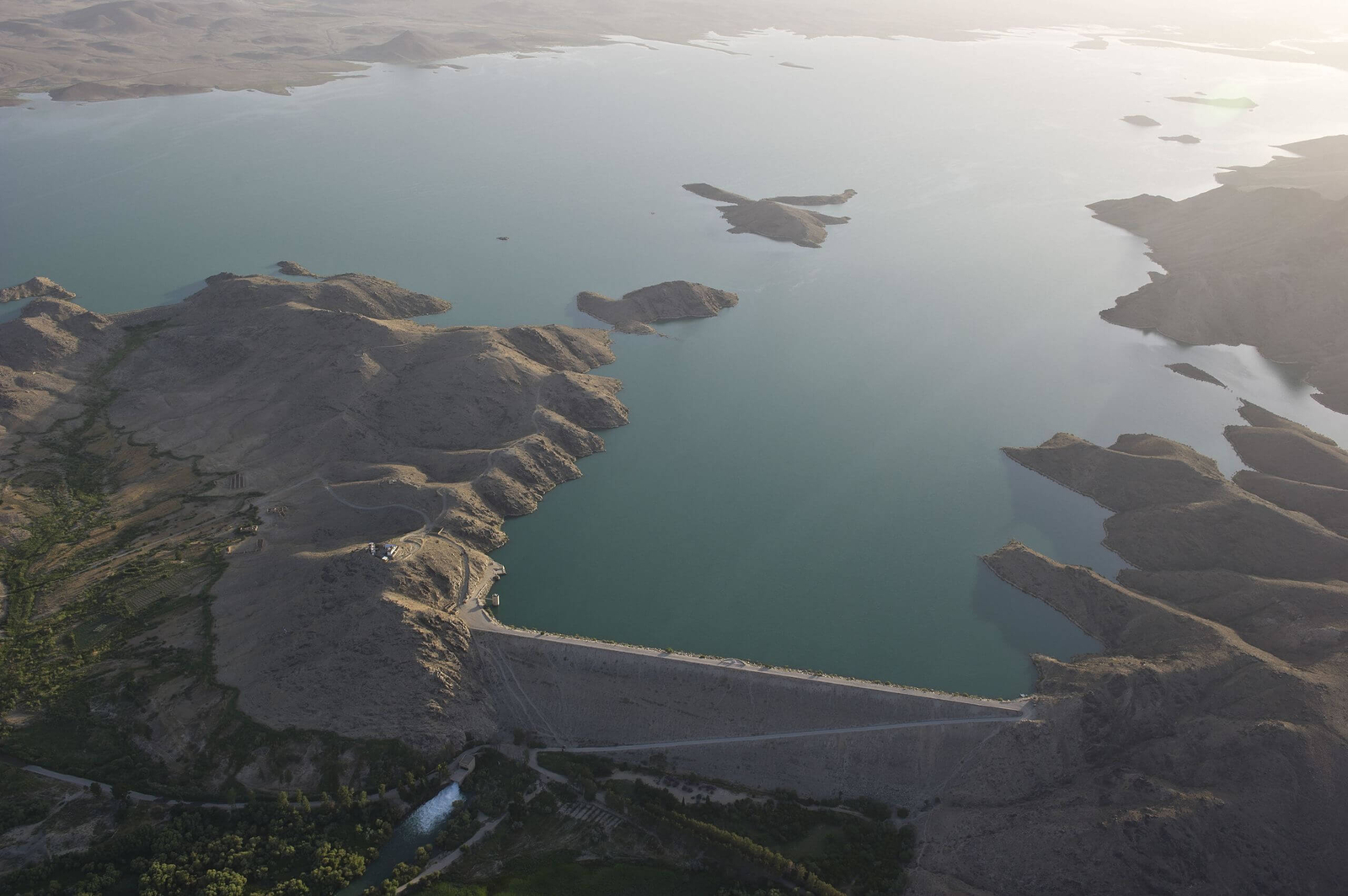
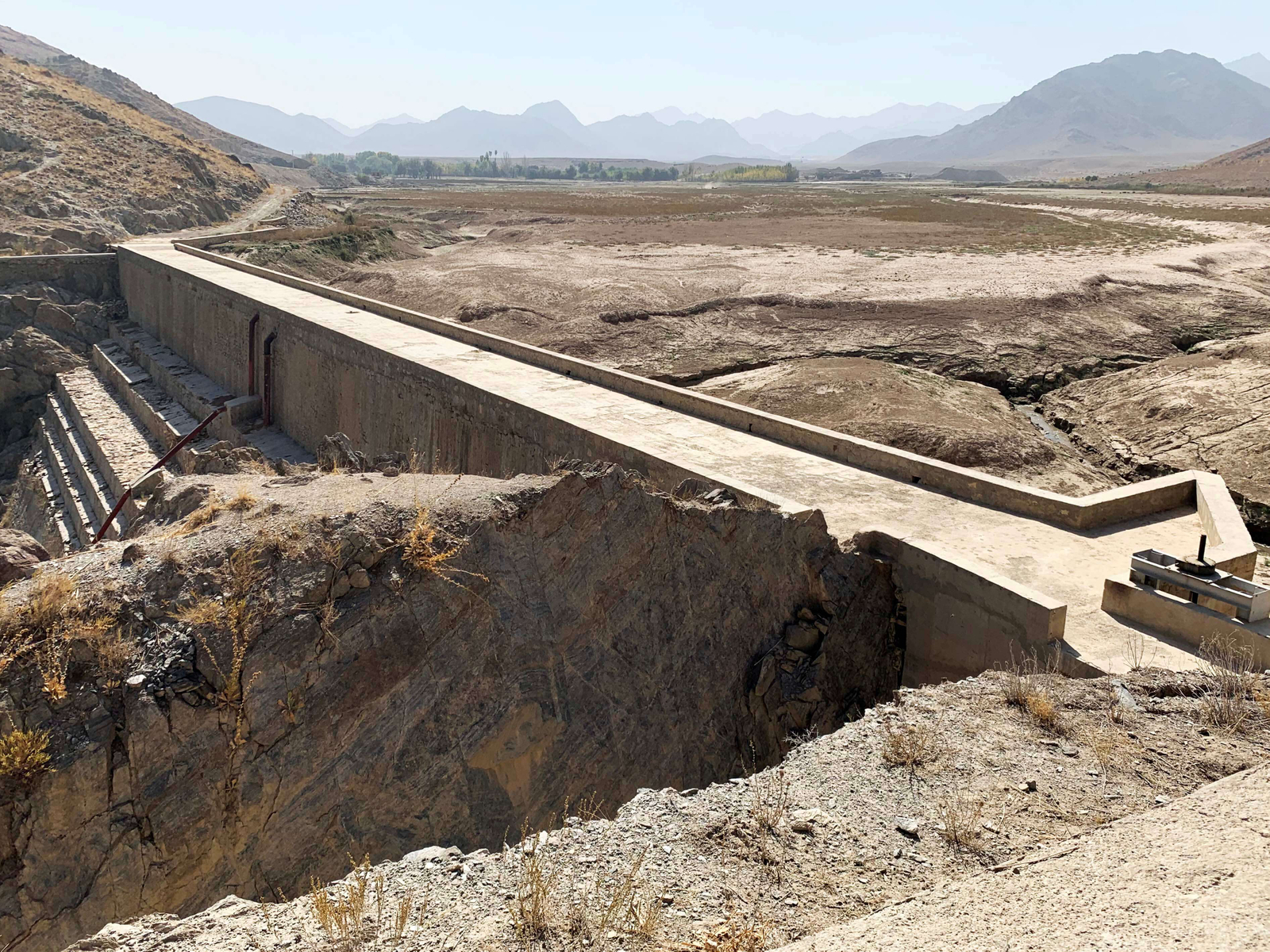
Sedimentation in dams
Dams play an important function in regulating a river’s flow and ensuring that the country’s water needs are met. However, reservoirs in Afghanistan lack this ability to manage flow not only because there are fewer of them, but also because their storage capacity has been falling steadily due to high sediment input.
Afghanistan is a mountainous country with only 2.1% forests, according to Food and Agriculture Organization of the United Nations (FAO). This too is dwindling fast as a result of illegal logging and forest fires.
The steep slopes in the headwaters, along with poor soil infiltration capacity often transform precipitation into a violent flood. This not only disrupts daily life but also creates a bigger and unseen problem – siltation in reservoirs.
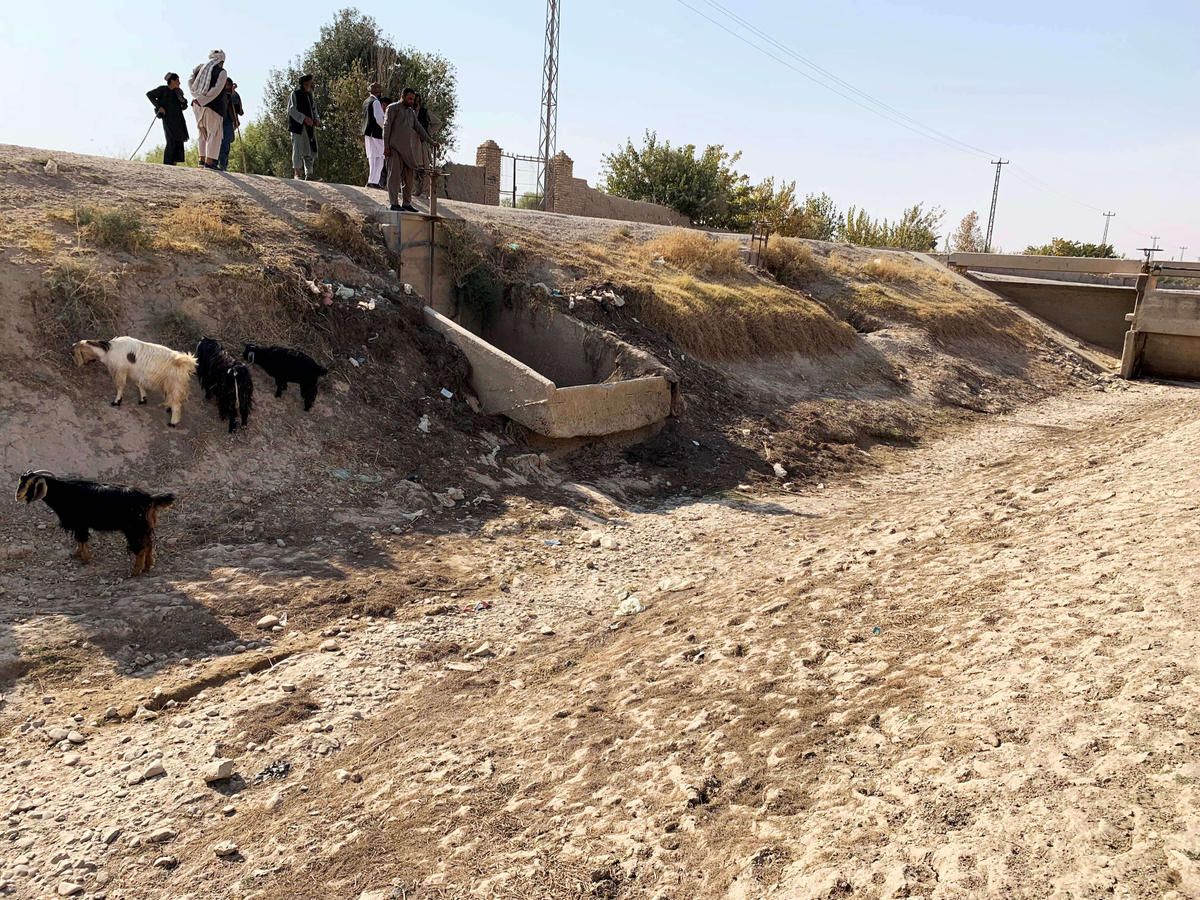
Is increasing dam height the solution?
The majority of dams in Afghanistan lost significant storage capacity owing to siltation. Ghazi Dam in Kabul is a classic example of massive sedimentation.
Similar is the case with Dahla Dam, built on the Arghandab River, located around 40 kilometres north to the provincial capital of Kandahar. Due to silt deposition in the reservoir, the volume of Dahla Dam has decreased by 40% since its construction in 1952, according to Asian Development Bank's Arghandab Integrated Water Resources Development Project Report of May 2019.
Because of the reduced capacity, high spring flows need to be released and cannot be retained for later use such as irrigation. The cause for such a situation is self-evident: A barren catchment without vegetative cover can produce nothing except tons of sediments pouring into reservoirs, turning the reservoirs dysfunctional and finally rendering them dead.
To compensate for the loss of storage in Dahla Dam, Afghanistan's Democratic government in 2019 chose a typical grey approach, namely increasing the height of the dam. The Asian Development Bank committed to offer financial support. However the plan has not yet been executed due to political instability. To date, the Taliban-led government has halted all development projects.
The proposed solution will increase the storage capacity. However, it does not address the core issue as the problem is not in the reservoir itself, but with the watershed that contributed to it.
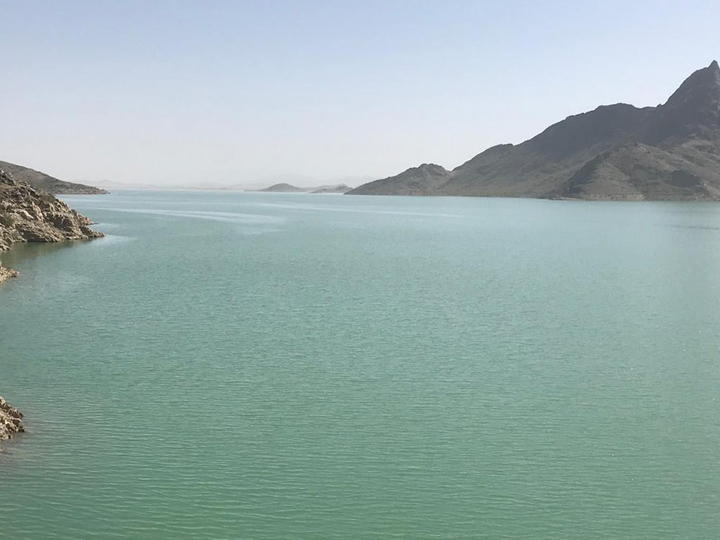
Nature-based watershed management
To fulfill two needs with one deed, watershed management, primarily focusing on nature-based solution (NbS) should be prioritised and implemented in each basin.
In the effort to reduce soil erosion, afforestation, a typical nature-based solution, will be highly effective. Plant roots help to firmly hold the soil layer, making it more resilient against erosion by water and wind.
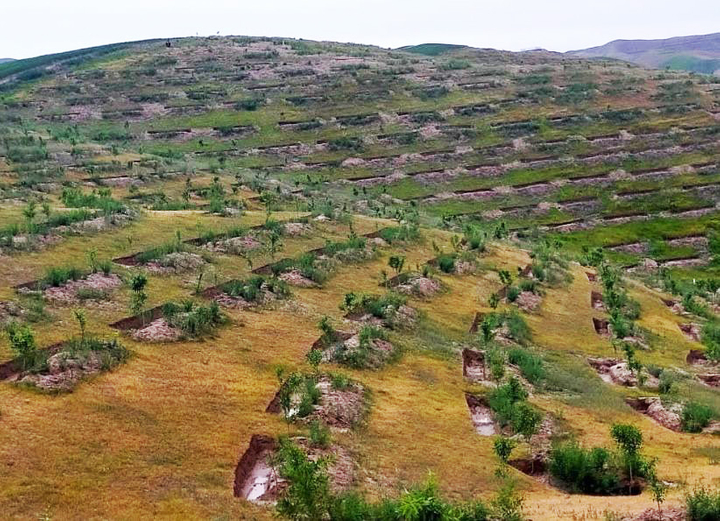
Terracing is another green agricultural practice that converts hilly places into farmlands by constructing ridge platforms. Terraces, in addition to producing agricultural goods, minimise soil erosion by slowing and reducing the erosive energy of runoff in areas with steep slopes.
Water conservation bunds are also of high importance when it comes to soil conservation. The bunds not only reduce overflow but also allow rainwater to seep into the soil.
All these nature-based solutions significantly contribute to reduced soil erosion, which results in less sediment transport to dams. It will also improve soil infiltration capacity, reduce runoff, recharge the rapidly declining groundwater level, and alleviate the risk of downstream flooding.
Furthermore, watershed management will generate hundreds of thousands of jobs for local communities whose livelihoods are threatened by the adverse impacts of climate change. To put a long story short, watershed management is by far the only win-win strategy.

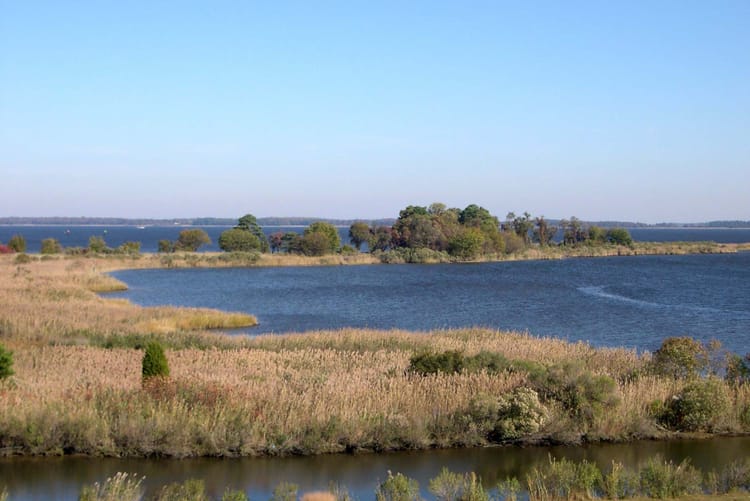
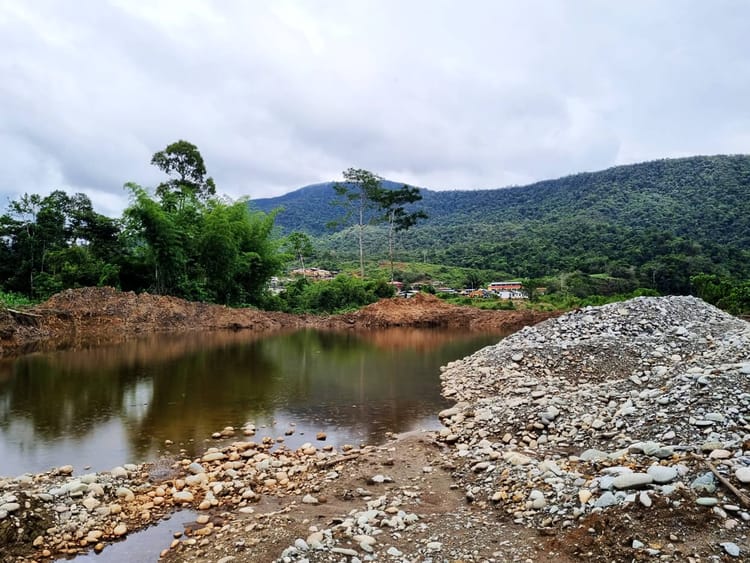



Member discussion